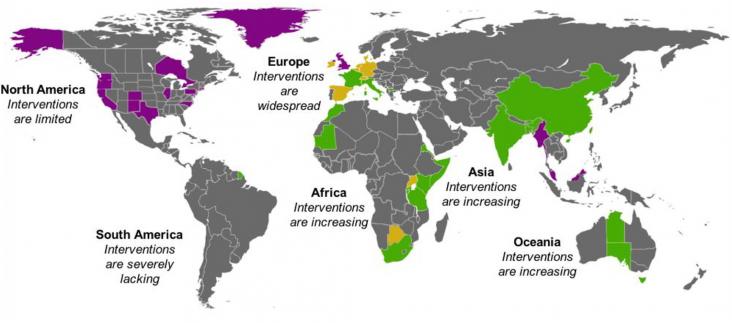The United Nations Sustainable Development Goals (SDG), adopted in September 2015, are accompanied by targets which have to be met individually and collectively by the signatory states.
Since the 1950s the amount of plastics in the marine environment has increased dramatically. Worldwide there is a growing concern about the risks and possible adverse effects of (micro)plastics.
Fisheries constitute an important source of livelihoods for tens of thousands of poor people in the southwest coastal region of Bangladesh, and they supply a significant portion of protein for million
Today, accredited zoos are not just places for entertainment, they are actively involved in research for conservation and health.
The increasing popularity of marine wildlife tourism (MWT) worldwide calls for assessment of its conservation outcomes and the development of appropriate management frameworks to ensure the conservati

Marine plastic pollution has been a growing concern for decades. Single-use plastics (plastic bags and microbeads) are a significant source of this pollution.
This literature review identifies the impacts of different renewable energy pathways on ecosystems and biodiversity, and the implications of these impacts for transitioning to a Green Economy.
This book chapter advances SDG 14 by outlining the use of behavioral observations, gut content and fecal analyses, morphological measurements, and stable isotopes for drawing inferences about the trophic ecology of stream fishes. These methods allow insights at the level of individuals, populations, communities, and entire food webs. Using multiple methods in concert provides a rich perspective on how dietary differences among fish species affect stream ecology.
This book chapter advances SDG 14 by providing an overview of the methods for monitoring stream temperature, characterization of thermal profiles, and modeling approaches to stream temperature prediction. The development of spatially explicit predictive models provides a framework for simulating natural and anthropogenic effects on thermal regimes, which is integral for the sustainable management of freshwater systems.
Global food security is a priority for the future development agenda of the United Nations.
